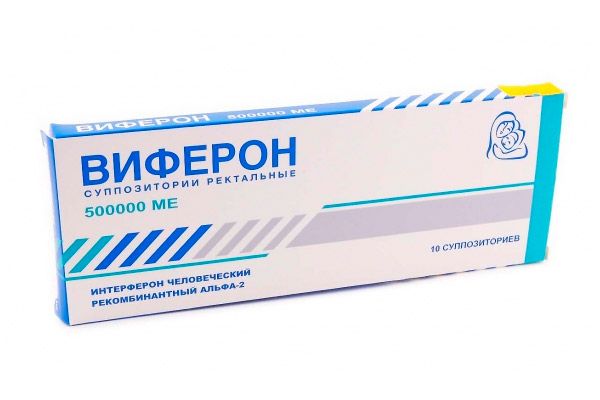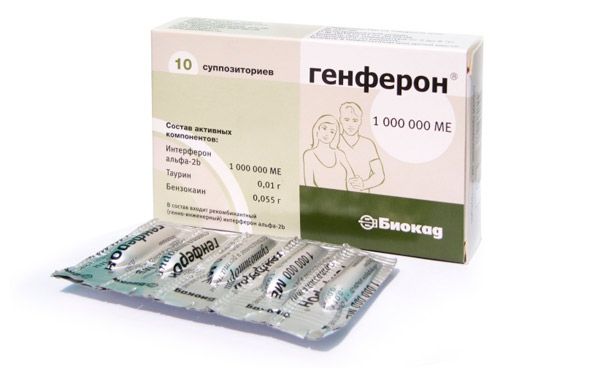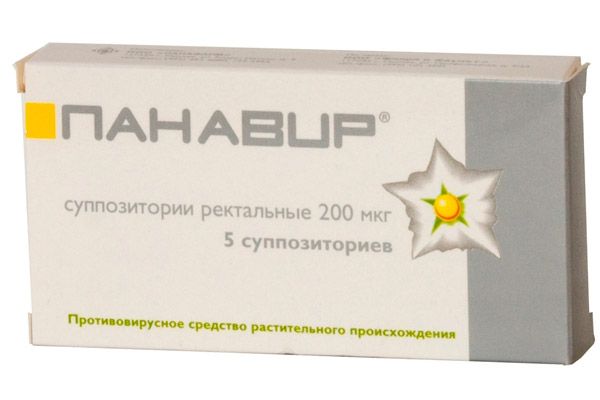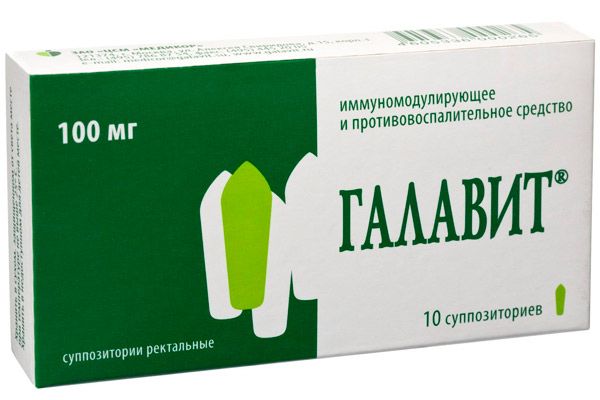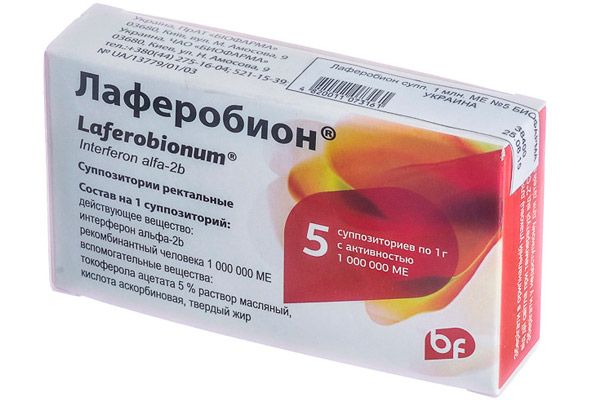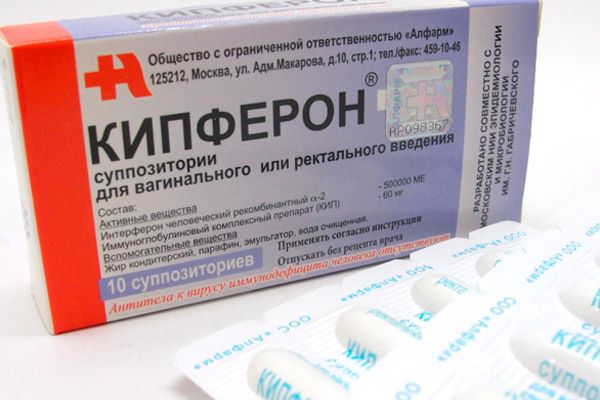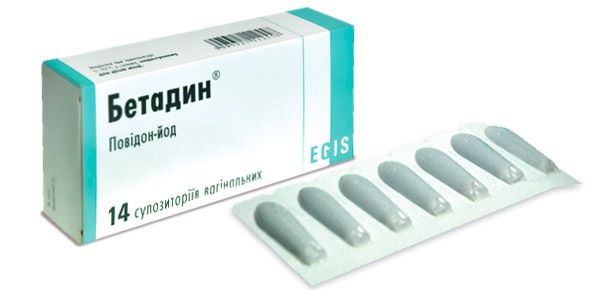
All iLive content is medically reviewed or fact checked to ensure as much factual accuracy as possible.
We have strict sourcing guidelines and only link to reputable media sites, academic research institutions and, whenever possible, medically peer reviewed studies. Note that the numbers in parentheses ([1], [2], etc.) are clickable links to these studies.
If you feel that any of our content is inaccurate, out-of-date, or otherwise questionable, please select it and press Ctrl + Enter.
HPV - human papillomavirus suppositories
Medical expert of the article
Last reviewed: 04.07.2025
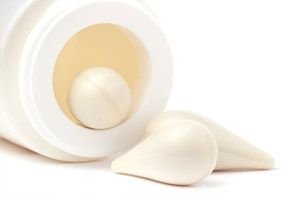
The papillomavirus (and it is to this genus that HPV belongs) lives in the superficial skin tissues, gradually penetrating into the basal layer. This is a ubiquitous virus that penetrates cellular structures, disrupting their natural processes. The method of transmission of the papillomavirus is sexual, so this pathology is often treated by venereologists. Usually, treatment consists of a set of procedures, which may include antiviral, immunomodulatory therapy, and even surgery. In this article, we will consider one of the options for local treatment - suppositories or candles for HPV.
Indications for the use of suppositories against HPV
Scientists have identified and studied more than a hundred types of human papillomavirus. For convenience, they have been divided into several categories:
- papillomatous viruses without the risk of oncogenicity (these include strains 1, 2, 3 and 5);
- viruses with low oncogenic risk (6, 11, 42, 43 and 44 strains);
- viruses with a high risk of oncogenicity (strains 16 and 18, as well as some other types).
It becomes clear that the most dangerous are virus strains 16 and 18. The risk is that under certain circumstances these papillomaviruses potentiate pathological changes in mucous and skin tissues, which can be externally manifested in the growth of all kinds of warts, condylomas and papillomas, dysplasia, as well as in the development of oncological diseases.
It is extremely difficult to get rid of HPV. However, in order to avoid dangerous complications, treatment is a must. The best treatment result is achieving a stable period of remission, when the activity of the virus subsides and the manifestations of the disease disappear.
Names of suppositories for HPV 16 18
Viferon
|
|
Pharmacodynamics |
Suppositories containing human interferon (a specific factor in fighting infection), vitamin C and α-tocopherol. Viferon has antiviral, immunomodulatory properties and also inhibits the growth of pathological cells. |
Pharmacokinetics |
A decrease in the level of the active ingredient in the bloodstream is observed within 12 hours after rectal administration. |
Using HPV suppositories during pregnancy |
It is permissible to use suppositories after 14 weeks of pregnancy. |
Contraindications for use |
Tendency to allergies to the composition of suppositories. |
Side effects |
Rarely – dermatitis, burning, which goes away on their own within three days. |
How to use suppositories for HPV |
The most commonly used treatment regimen is: 500,000 IU of the drug, 1 suppository twice a day (morning and night). Duration of therapy is up to 10 days. |
Overdose |
No description. |
Interactions with other drugs |
No negative drug interactions were observed. |
Storage conditions |
Store in a dark and cool place, or in the refrigerator. |
Best before date |
Up to 2 years. |
Genferon
|
|
Pharmacodynamics |
A combination drug in the form of suppositories with interferon alpha-2. It has antiviral, antimicrobial, immunomodulatory effects. |
Pharmacokinetics |
The duration of action when administered intravaginally and rectally is no more than 12 hours. |
Using HPV suppositories during pregnancy |
It is impossible to use Genferon in the first trimester of pregnancy. In extreme cases, it is allowed to use suppositories in the period from the second to the third trimester. |
Contraindications for use |
Tendency to allergies. |
Side effects |
Allergies, fatigue, increased general temperature, loss of appetite, muscle or joint pain, increased sweating. |
How to use suppositories for HPV |
One suppository is administered intravaginally or rectally, in the morning and at night (with an interval of no more than 12 hours). The duration of the therapeutic course is determined by the doctor: from 10 days to 3 months. |
Overdose |
There have been no reports of overdose. |
Interactions with other drugs |
No data. |
Storage conditions |
Store in cool conditions. |
Best before date |
Up to 2 years. |
Panavir
|
|
Pharmacodynamics |
Antiviral and immunomodulatory suppositories with plant extract. Panavir artificially increases the non-specific immune response and the production of its own interferons. |
Pharmacokinetics |
Not studied. |
Using HPV suppositories during pregnancy |
Not desirable. |
Contraindications for use |
Childhood, tendency to allergic reactions. |
Side effects |
Rarely – allergy. |
How to use suppositories for HPV |
Administer rectally 1 suppository every two days. After three administrations, the time interval is increased to three days. Five suppositories are used for one course of therapy. |
Overdose |
No cases were observed. |
Interactions with other drugs |
No interactions were found. |
Storage conditions |
Store in the refrigerator. |
Best before date |
Up to 3 years. |
Galavit
|
|
Pharmacodynamics |
Suppositories with immunomodulatory and anti-inflammatory properties. The active substance changes the functional and metabolic capacity of macrophages, which reduces the activity of the inflammatory process and reduces intoxication. |
Pharmacokinetics |
There is no accumulation in the body. The therapeutic effect of the product lasts for three days after a single administration of the suppository. |
Using HPV suppositories during pregnancy |
Contraindicated. |
Contraindications for use |
Tendency to allergies, pregnancy, breastfeeding. |
Side effects |
No information was received. |
How to use suppositories for HPV |
Standard therapeutic regimen: 1 suppository once a day for 10 days, rectally. After the tenth day, use 1 suppository every other day. The total number of suppositories per course is 25 pieces. |
Overdose |
Not observed. |
Interactions with other drugs |
No interactions were observed. |
Storage conditions |
Store at room temperature. |
Best before date |
Up to 2 years. |
Laferobion
|
|
Pharmacodynamics |
Suppositories with recombinant human interferon, similar to a-2b. They have antiviral, anticancer and immunomodulatory activity. |
Pharmacokinetics |
The maximum concentration of the drug increases in the period between 4-10 hours after administration of the suppository. |
Using HPV suppositories during pregnancy |
No studies have been conducted. |
Contraindications for use |
Pregnancy, tendency to allergies, decompensation of kidney and liver function. |
Side effects |
Flu-like conditions, dry mucous membranes, irregular heartbeat, thyroid dysfunction, dyspeptic symptoms, joint pain, insomnia, amenorrhea, runny nose, cough. |
How to use suppositories for HPV |
Use intrarectally, 1 suppository per day for a 5-day course, then switch to using 1 suppository every other day. The course of therapy will require 20 suppositories. |
Overdose |
No information available. |
Interactions with other drugs |
Increased effectiveness of antibiotics is expected. |
Storage conditions |
Store at room temperature, out of reach of children. |
Best before date |
Up to 3 years. |
Kipferon
|
|
Pharmacodynamics |
Suppositories that combine the action of immunoglobulin and interferon. They exhibit antichlamydial, antimicrobial, antiviral, anti-inflammatory and immunomodulatory effects. |
Pharmacokinetics |
No information available. |
Using HPV suppositories during pregnancy |
Contraindicated. |
Contraindications for use |
Pregnancy, breastfeeding, allergic tendency. |
Side effects |
Rarely – allergy. |
How to use suppositories for HPV |
The suppositories are suitable for both rectal and intravaginal use. Dosage: 1-2 suppositories per day. The duration of therapy is usually 10-12 days, but treatment can be continued as indicated. |
Overdose |
Not observed. |
Interactions with other drugs |
No interactions. |
Storage conditions |
Store in cool conditions. |
Best before date |
Up to 12 months. |
Betadine
|
|
Pharmacodynamics |
Antimicrobial and antiseptic suppositories, the main component of which is iodine. |
Pharmacokinetics |
Provides rapid local bactericidal action. Iodine absorption inside is insignificant. |
Using HPV suppositories during pregnancy |
May be used with great caution. |
Contraindications for use |
Thyroid dysfunction, radioactive iodine treatment, children under 8 years of age, tendency to allergies. |
Side effects |
Allergic reactions, local reactions such as burning, redness of the mucous membrane. |
How to use suppositories for HPV |
Administer 1 suppository up to 2 times a day. The duration of the therapeutic course is determined by the doctor. |
Overdose |
Signs of iodine intoxication: metallic taste in the mouth, increased salivation, sore throat, swelling of the eyes, dyspepsia, swelling of the larynx and lungs. |
Interactions with other drugs |
It is not recommended to use it simultaneously with alkaline and mercury preparations, hydrogen peroxide and antiseptic agents. |
Storage conditions |
Store at temperatures up to +15°C. |
Best before date |
Up to 5 years. |
Suppositories prescribed for HPV can be used rectally or intravaginally. The difference is that rectal use provides both local and systemic effects. When administered vaginally, suppositories act only locally.
Which suppositories for HPV are best, the doctor decides in each specific case. After all, there are suppositories with antiviral and bactericidal action, or with additional antifungal activity. In addition, the prescribed general treatment in the form of injections and oral medication is also taken into account.
Attention!
To simplify the perception of information, this instruction for use of the drug "HPV - human papillomavirus suppositories" translated and presented in a special form on the basis of the official instructions for medical use of the drug. Before use read the annotation that came directly to medicines.
Description provided for informational purposes and is not a guide to self-healing. The need for this drug, the purpose of the treatment regimen, methods and dose of the drug is determined solely by the attending physician. Self-medication is dangerous for your health.


 [
[ 